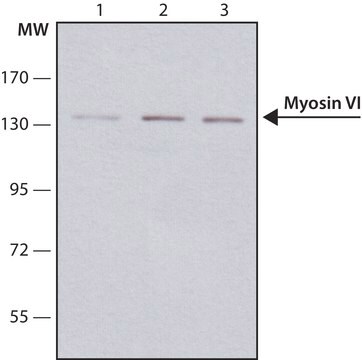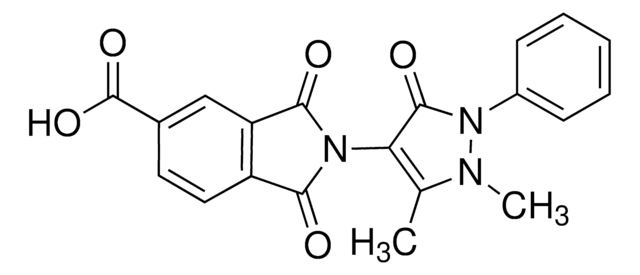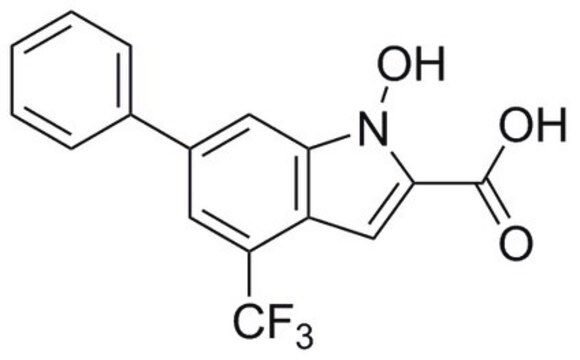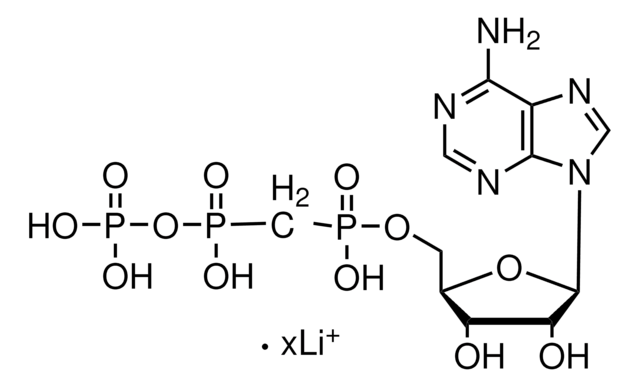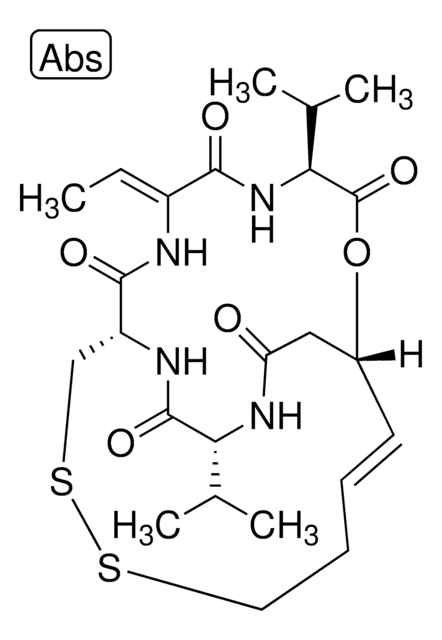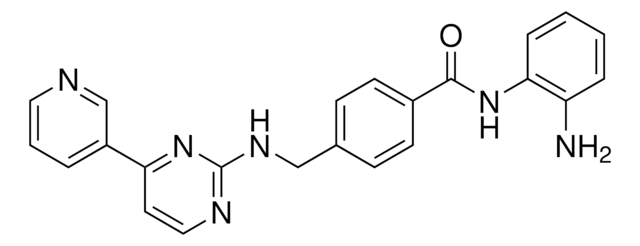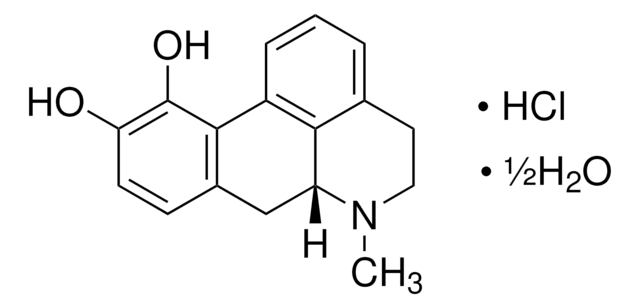M1824
MC1568
≥97% (HPLC)
Synonym(s):
3-[5-(3-(3-Fluorophenyl)-3-oxopropen-1-yl)-1-methyl-1H-pyrrol-2-yl]-N-hydroxy-2-propenamide
About This Item
Recommended Products
Quality Level
Assay
≥97% (HPLC)
form
powder
color
orange
solubility
DMSO: ≥10 mg/mL
storage temp.
2-8°C
SMILES string
Cn1c(\C=C\C(=O)NO)ccc1\C=C\C(=O)c2cccc(F)c2
InChI
1S/C17H15FN2O3/c1-20-14(5-6-15(20)8-10-17(22)19-23)7-9-16(21)12-3-2-4-13(18)11-12/h2-11,23H,1H3,(H,19,22)/b9-7+,10-8+
InChI key
QQDIFLSJMFDTCQ-FIFLTTCUSA-N
Biochem/physiol Actions
Features and Benefits
Signal Word
Warning
Hazard Statements
Precautionary Statements
Hazard Classifications
Eye Irrit. 2
Storage Class Code
11 - Combustible Solids
WGK
WGK 3
Flash Point(F)
Not applicable
Flash Point(C)
Not applicable
Certificates of Analysis (COA)
Search for Certificates of Analysis (COA) by entering the products Lot/Batch Number. Lot and Batch Numbers can be found on a product’s label following the words ‘Lot’ or ‘Batch’.
Already Own This Product?
Find documentation for the products that you have recently purchased in the Document Library.
Articles
Epigenetic modifications are thought to occur through two key interconnected processes—DNA methylation and the covalent modification of histones.
Our team of scientists has experience in all areas of research including Life Science, Material Science, Chemical Synthesis, Chromatography, Analytical and many others.
Contact Technical Service